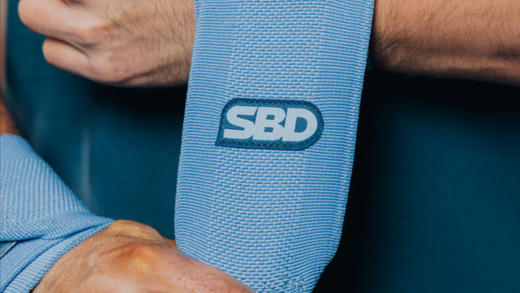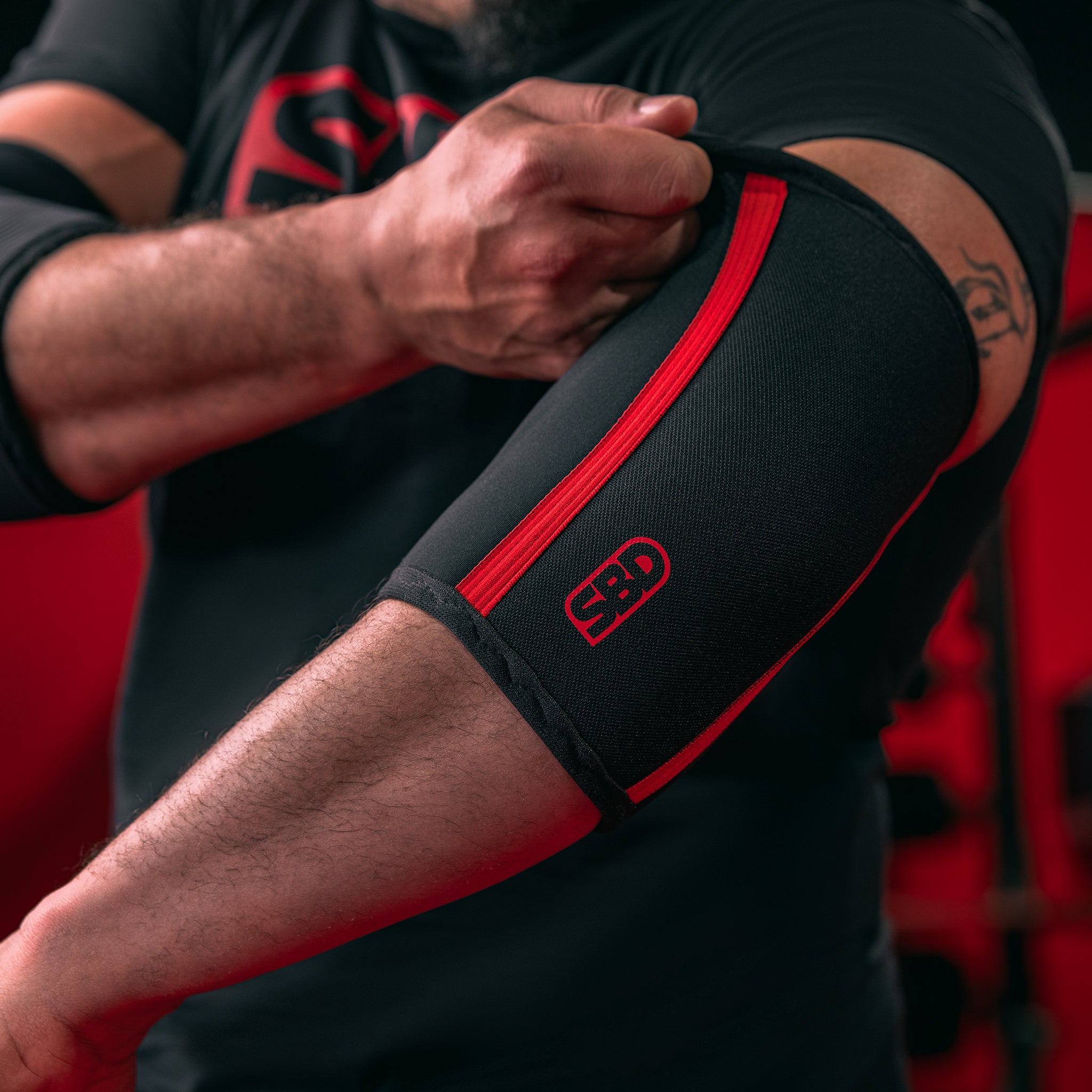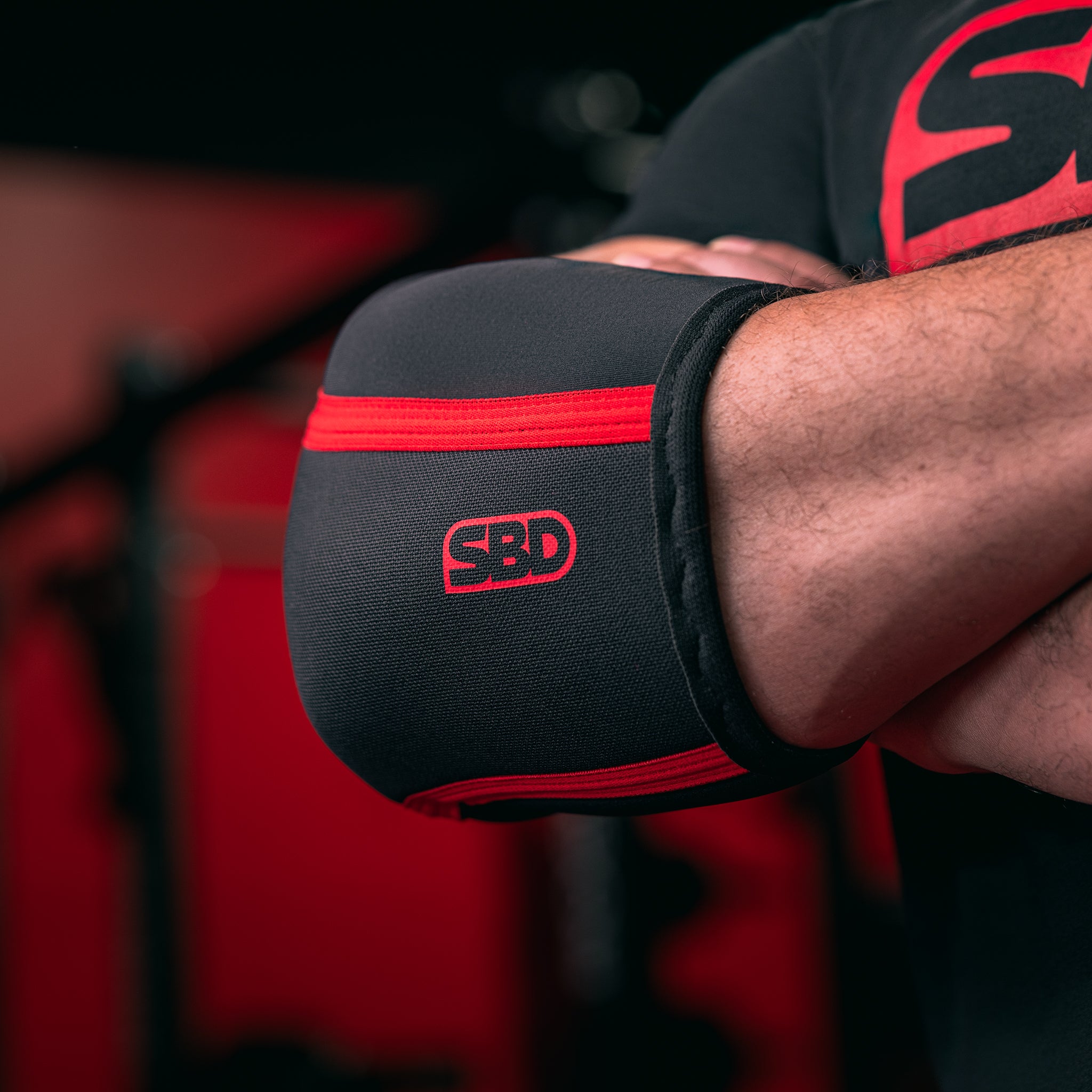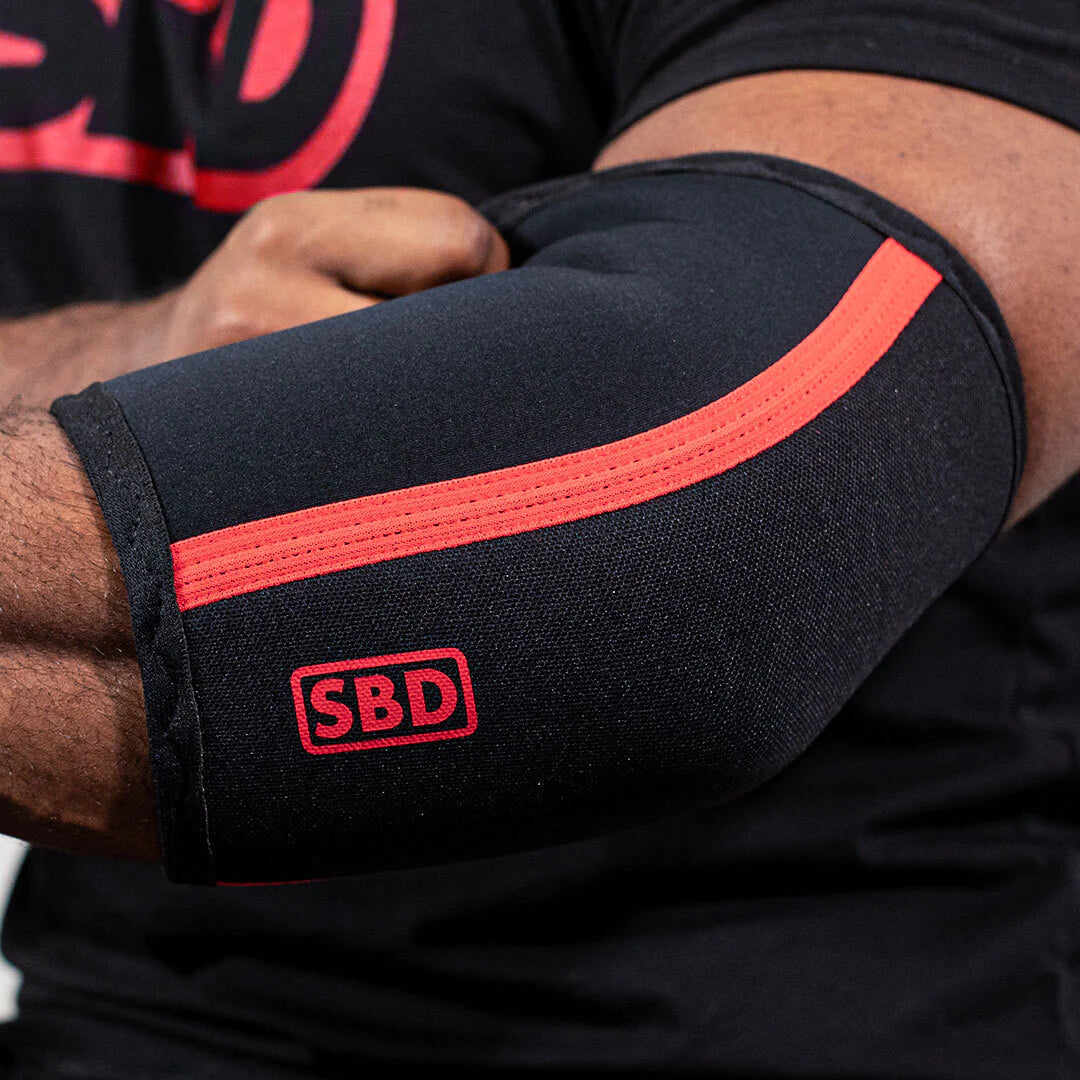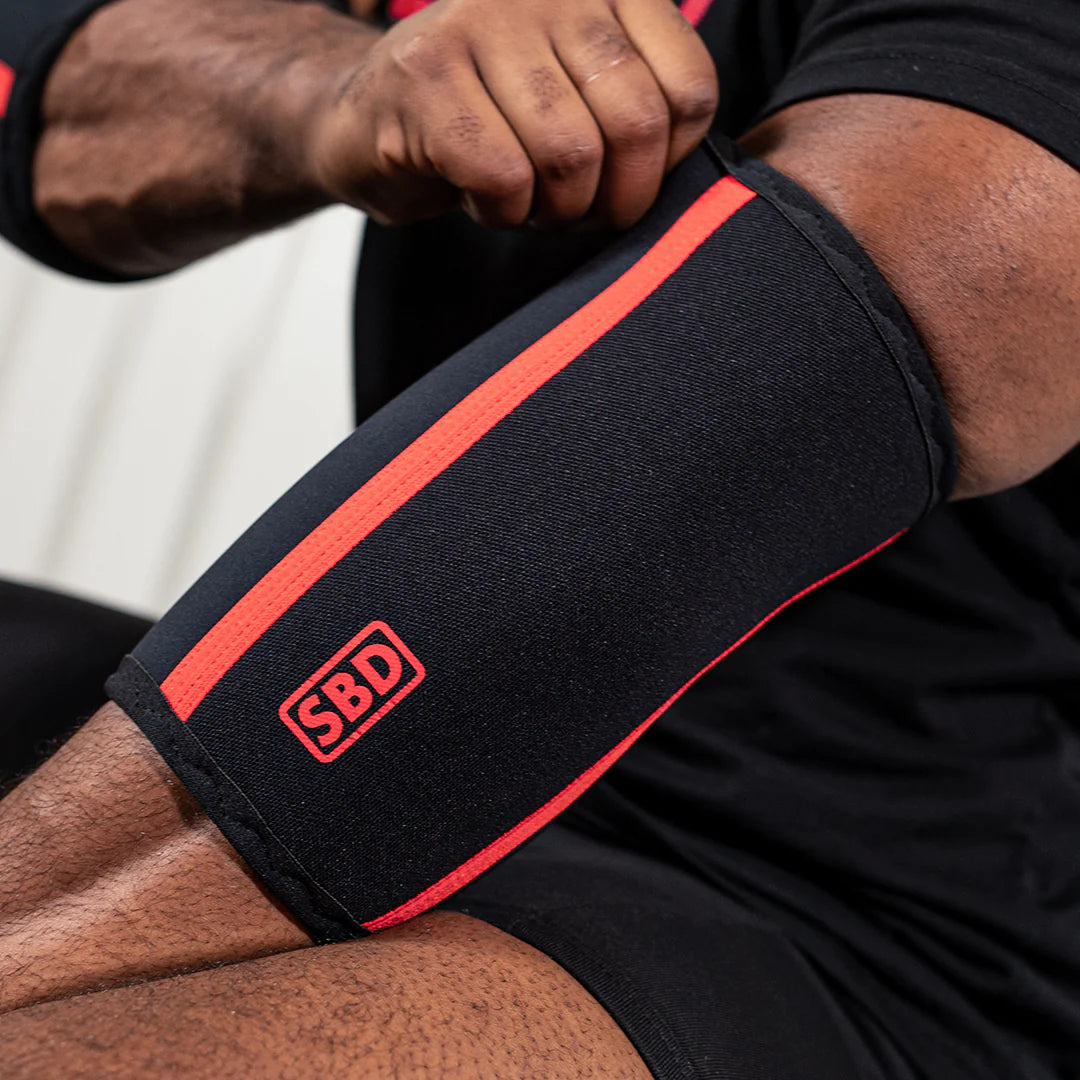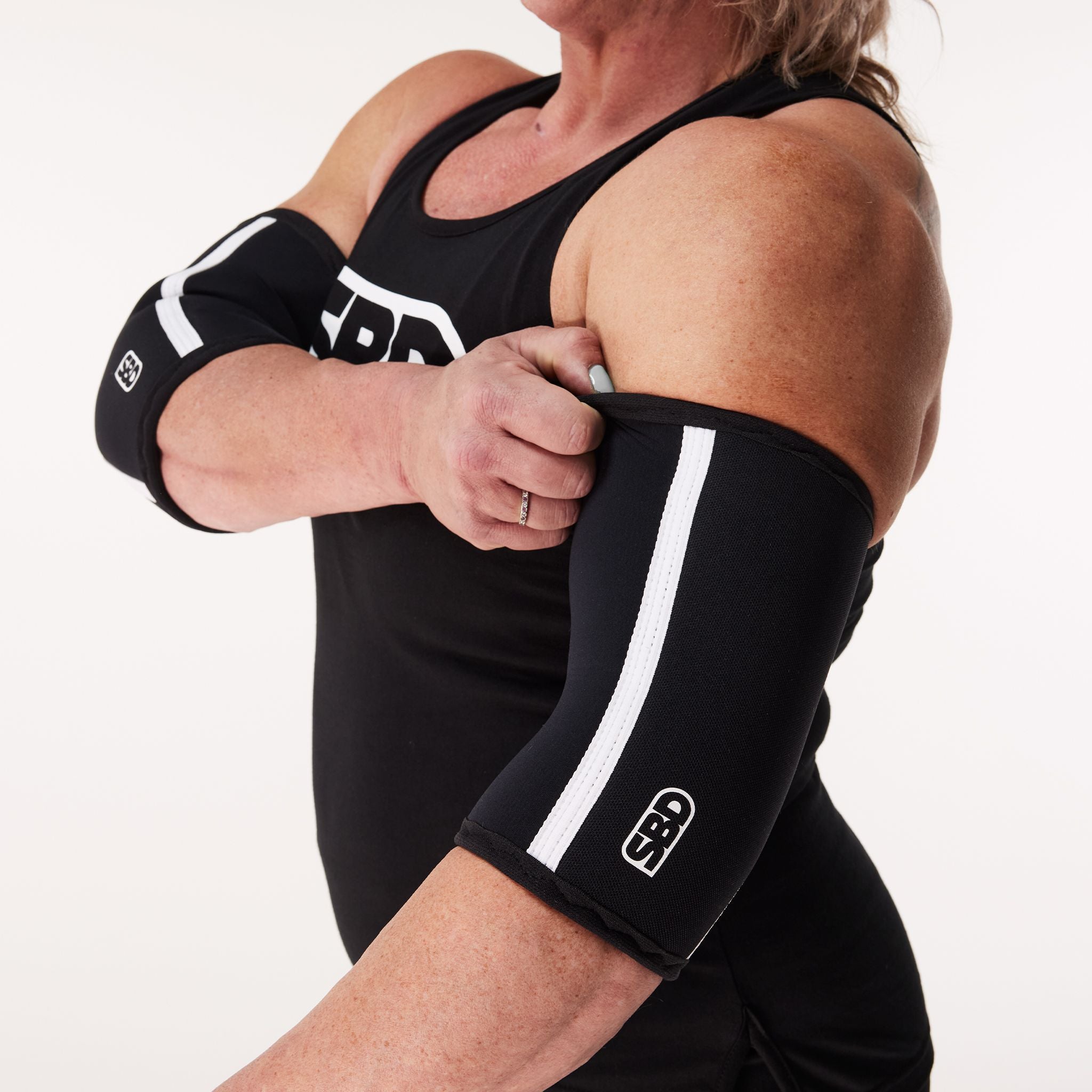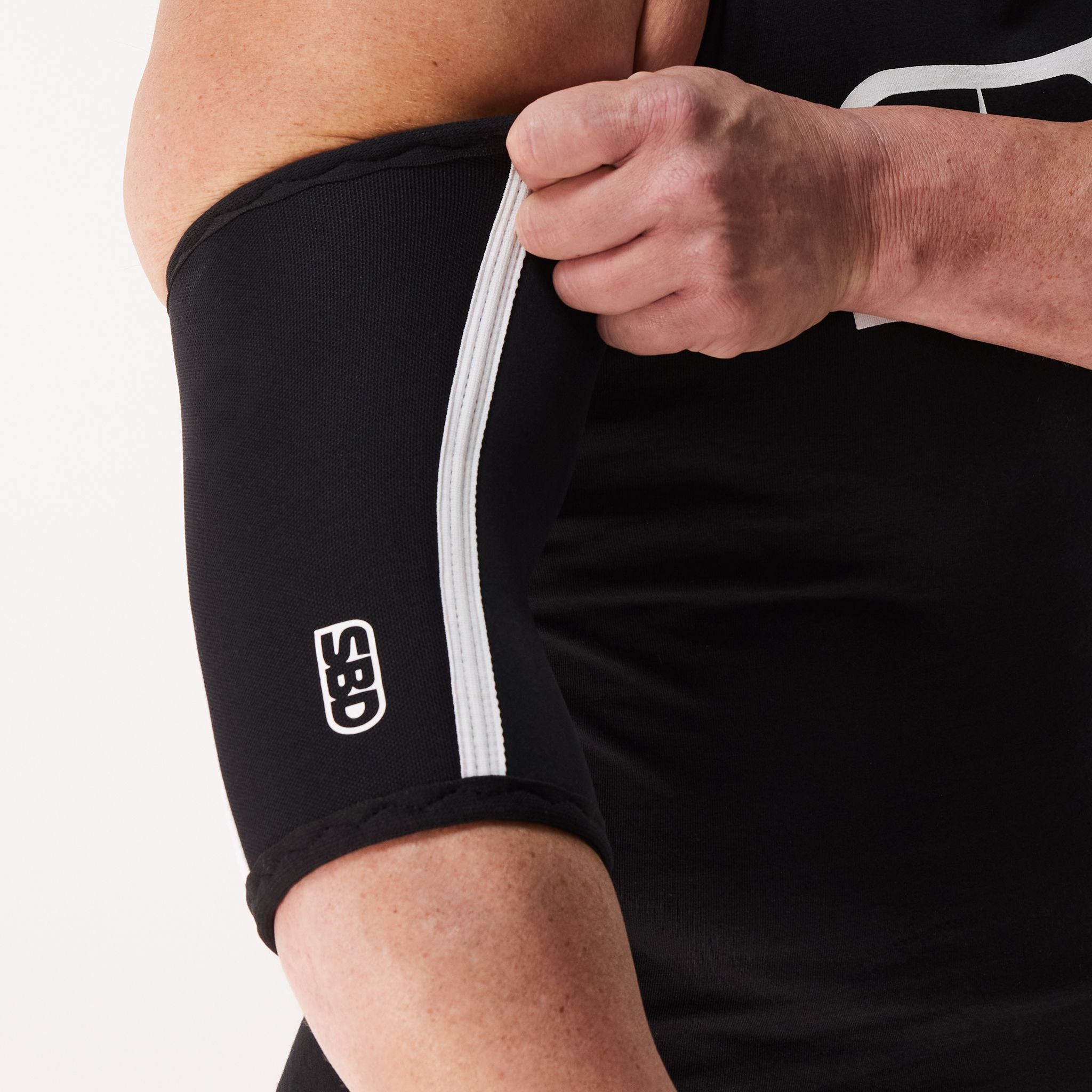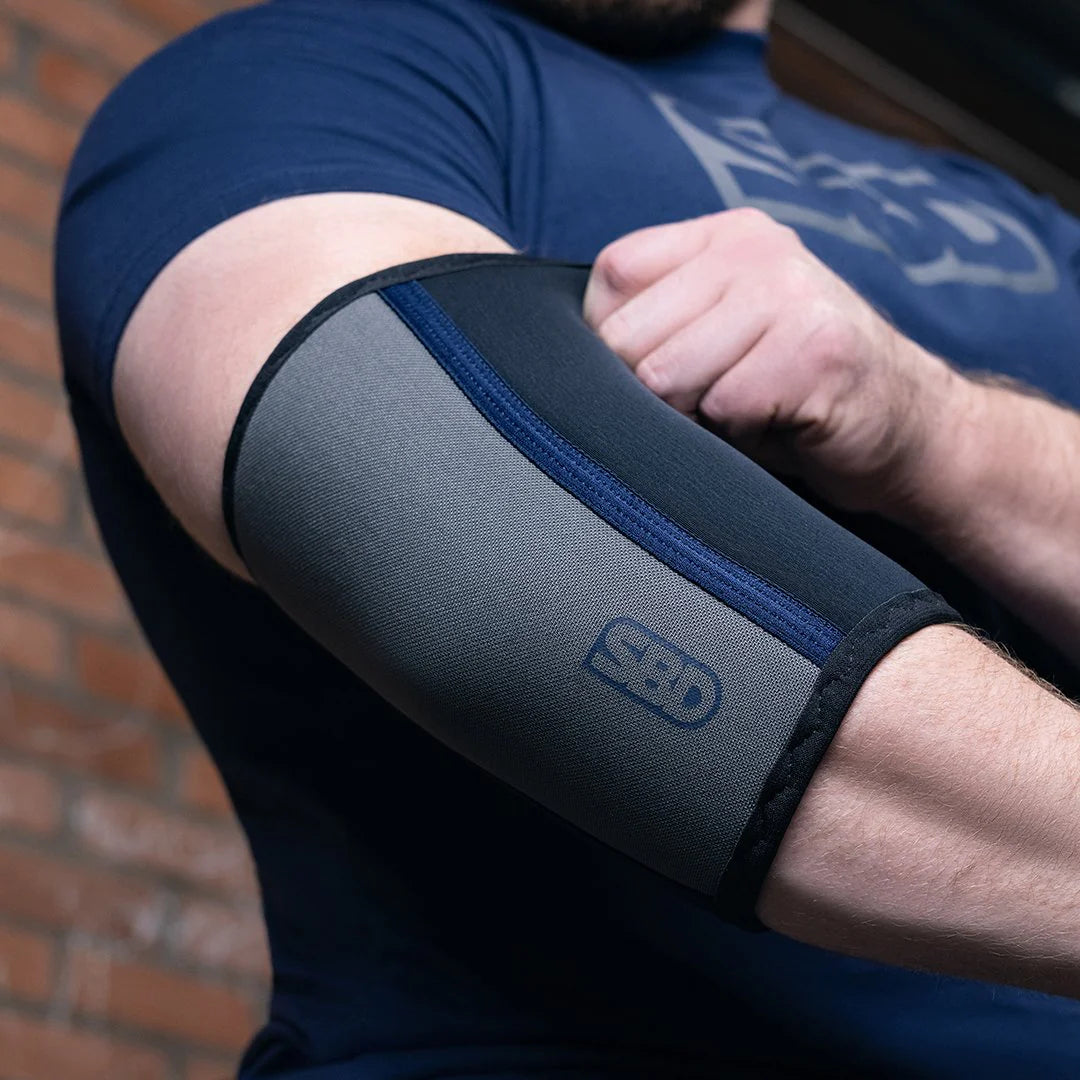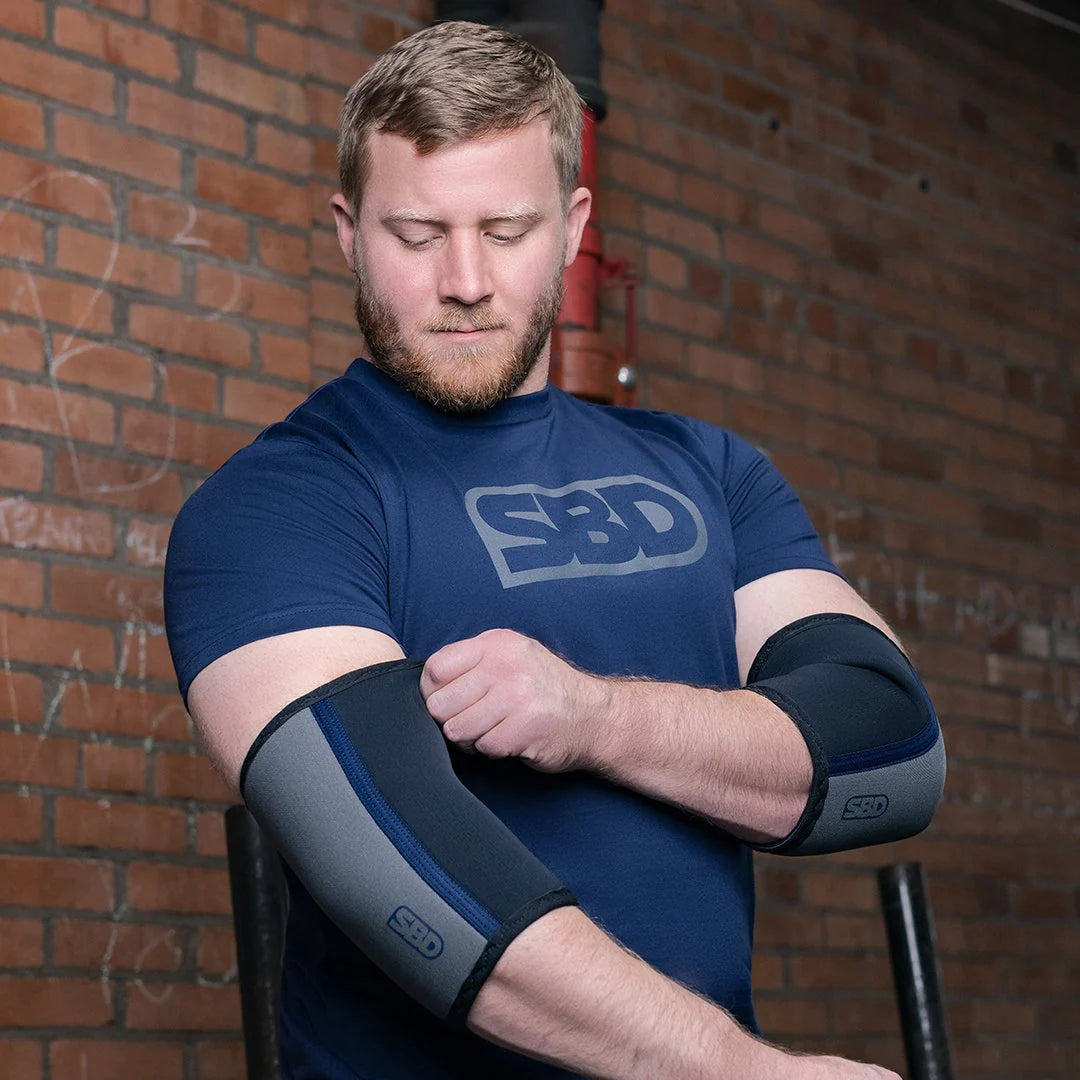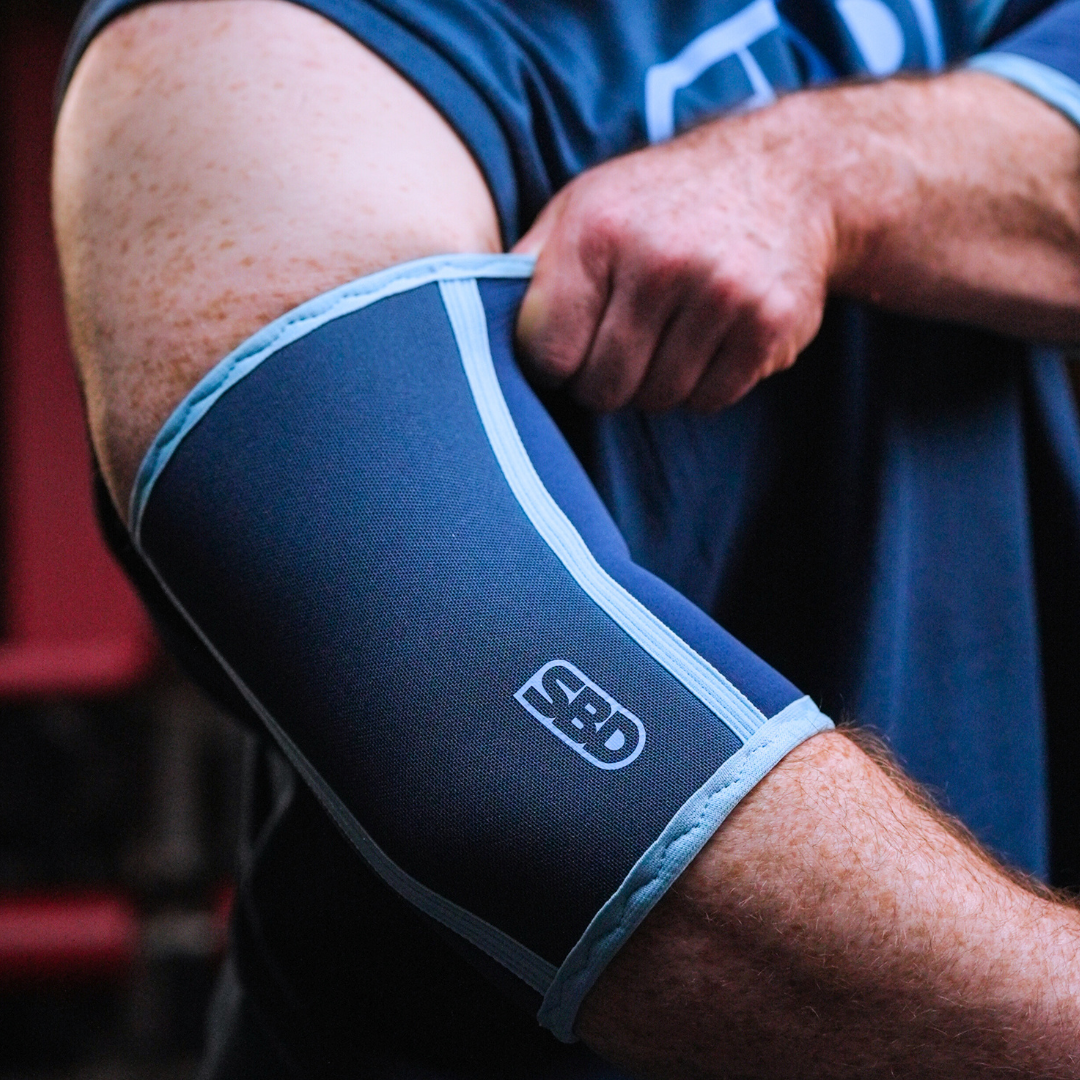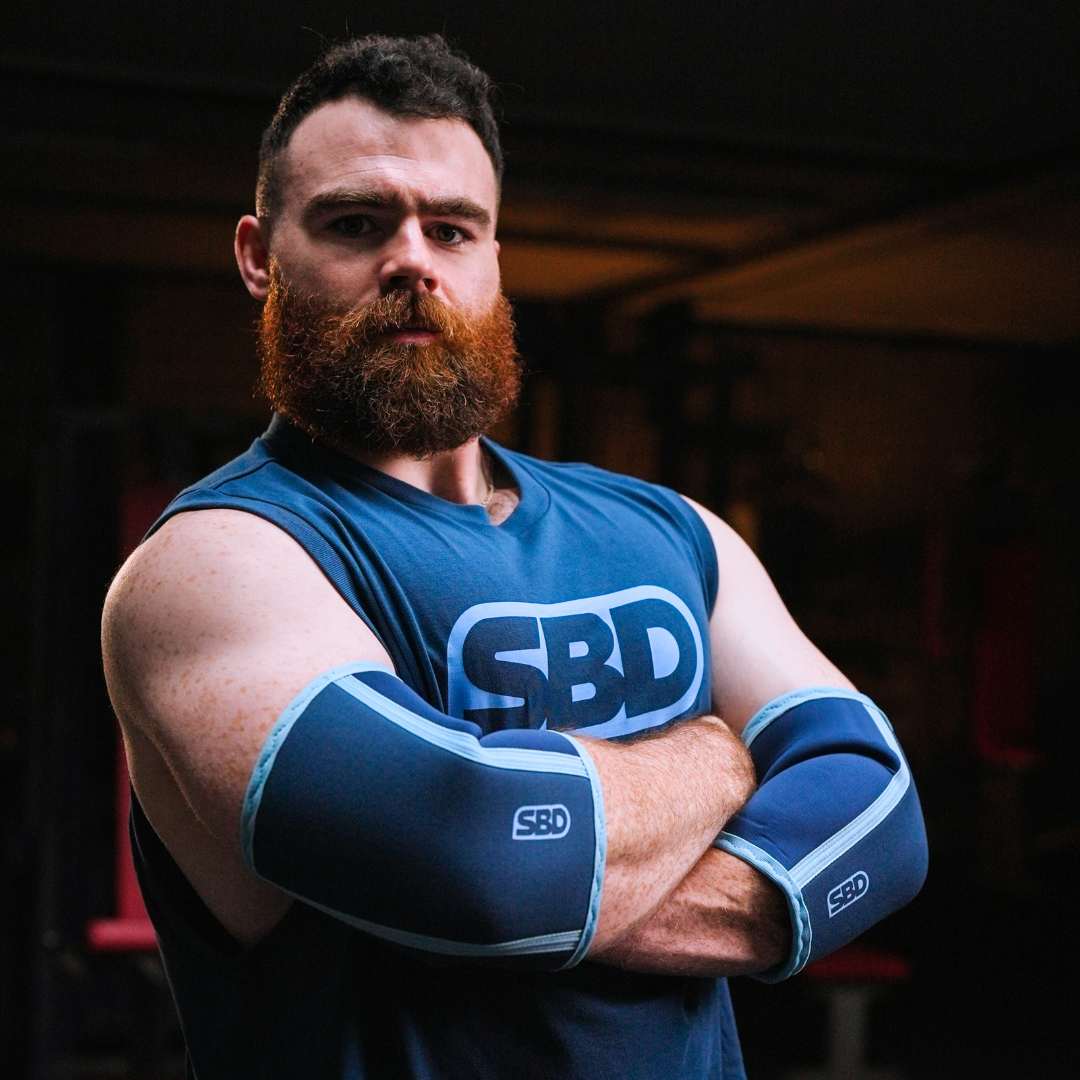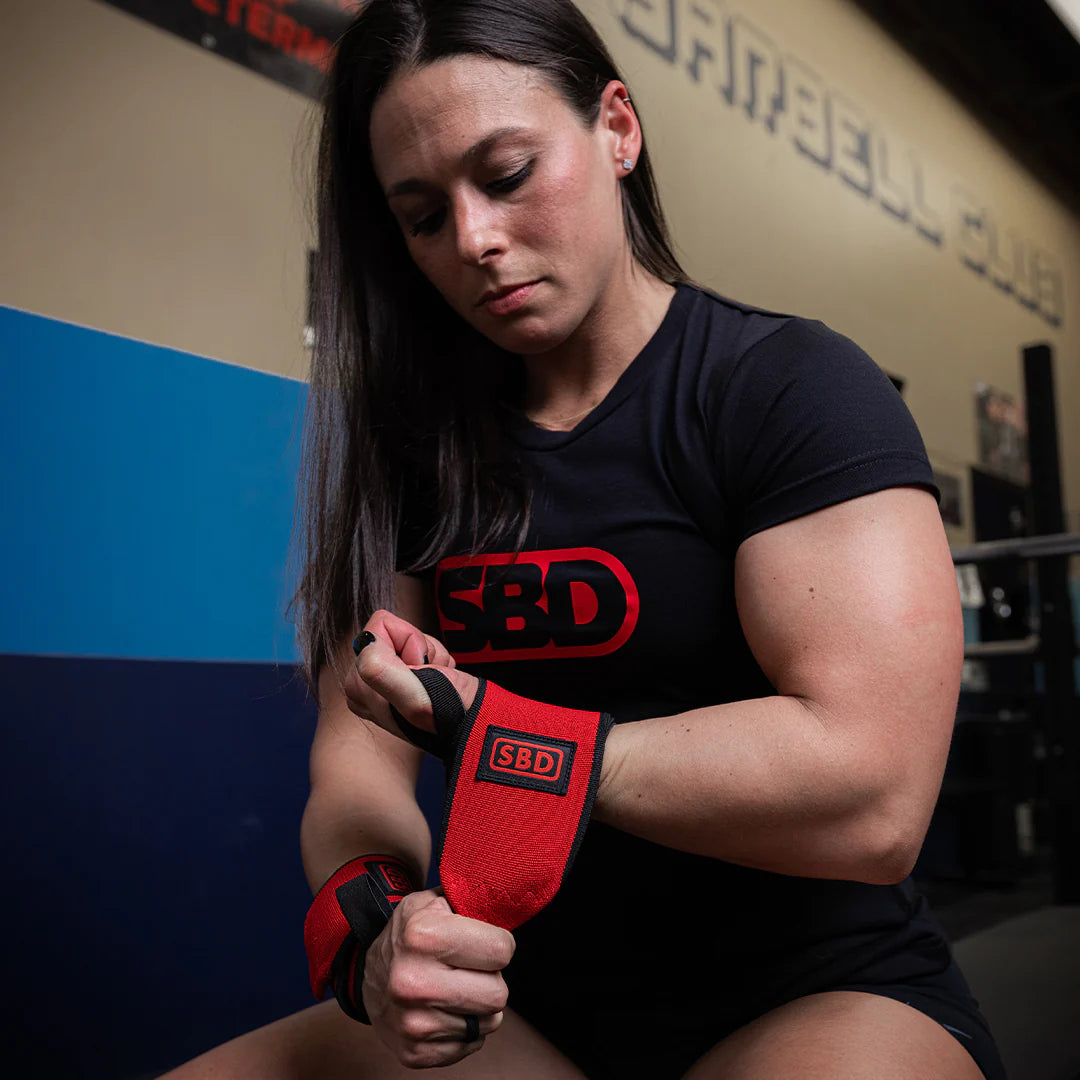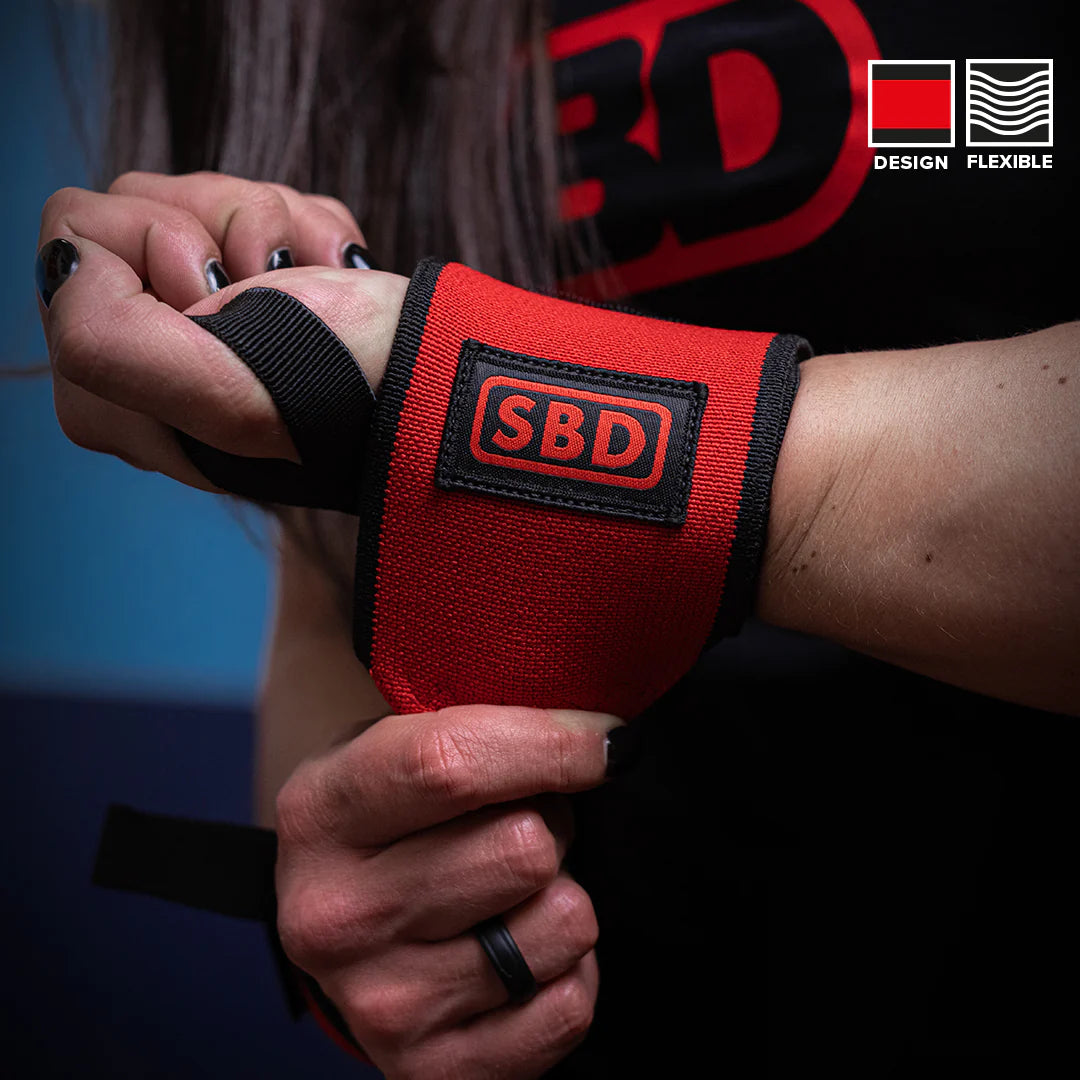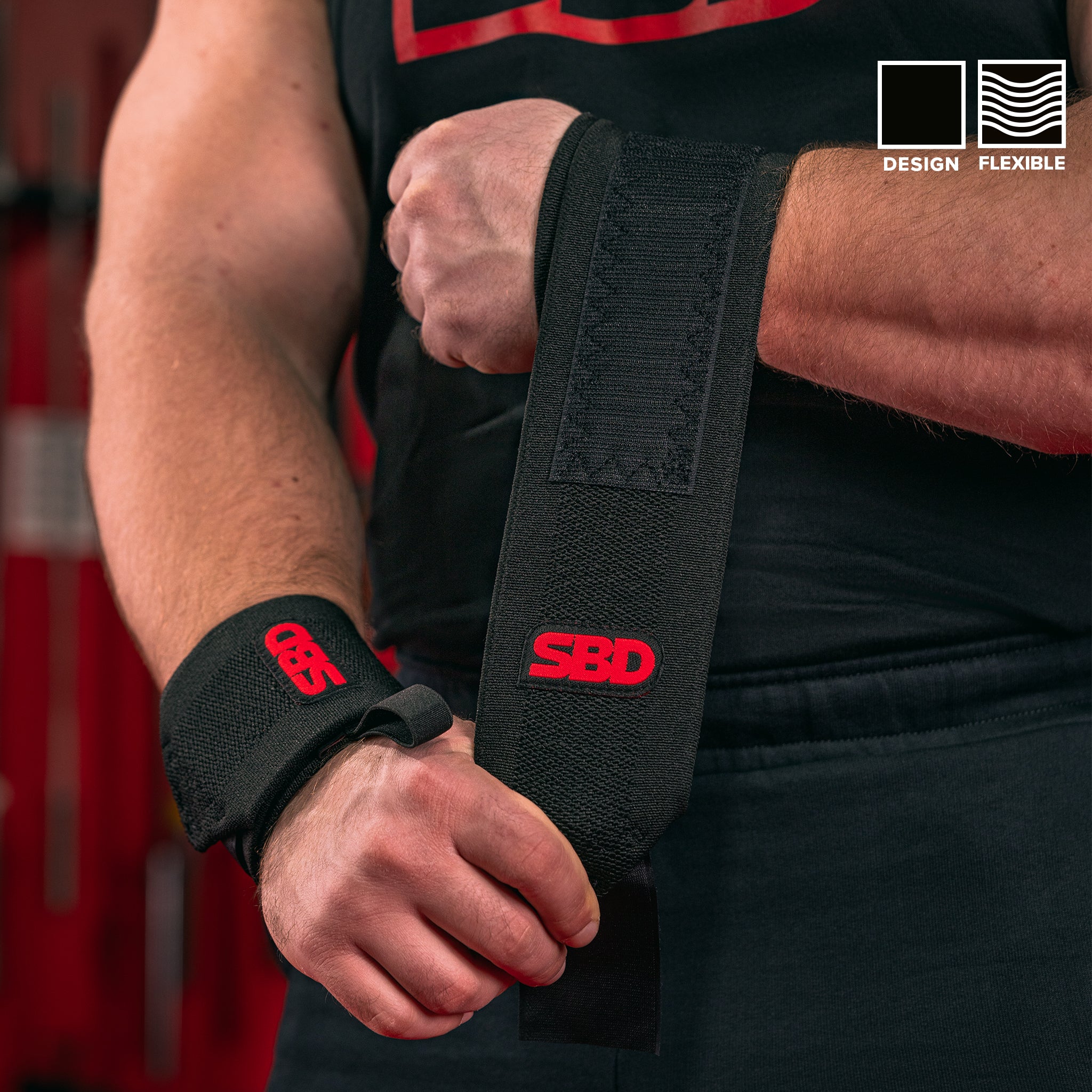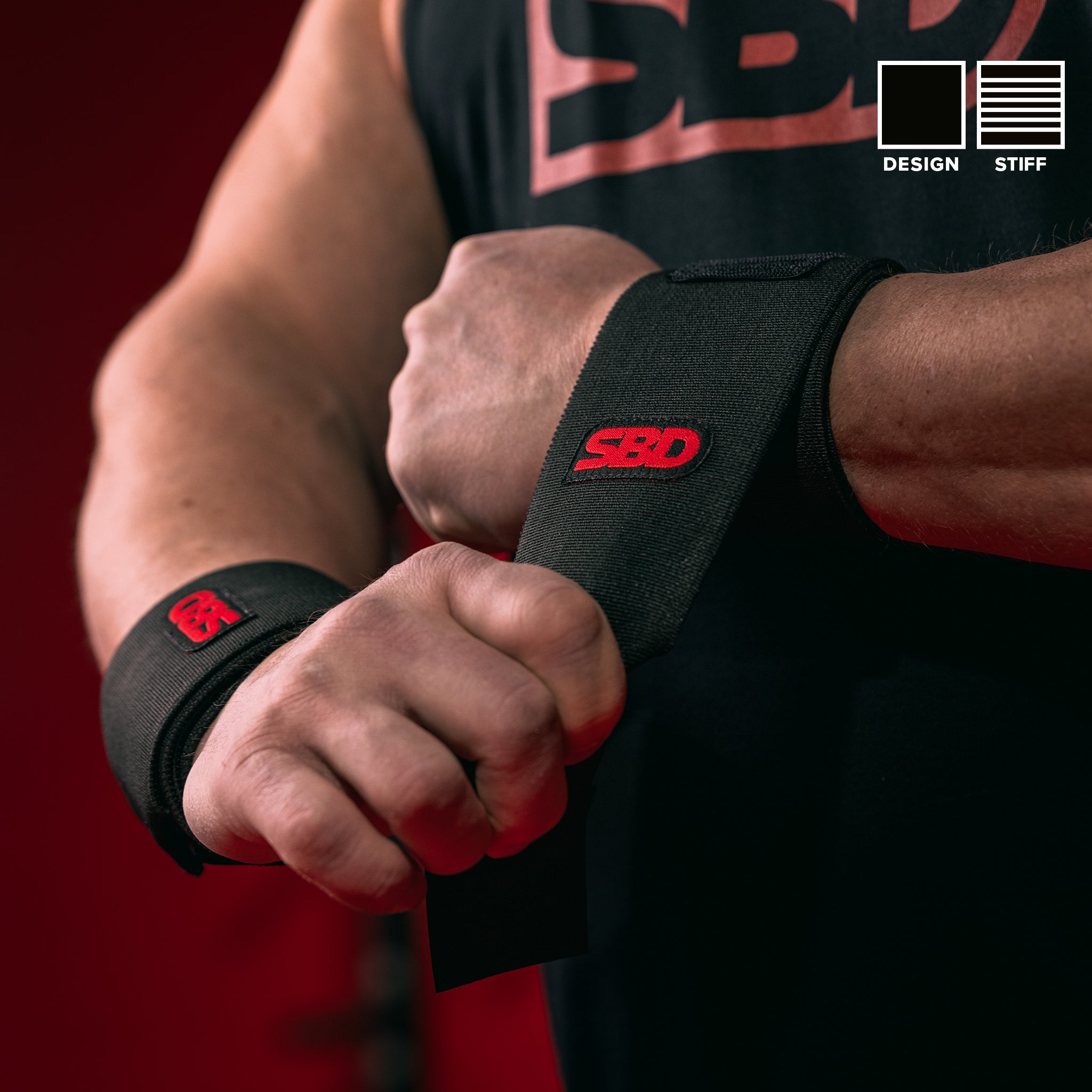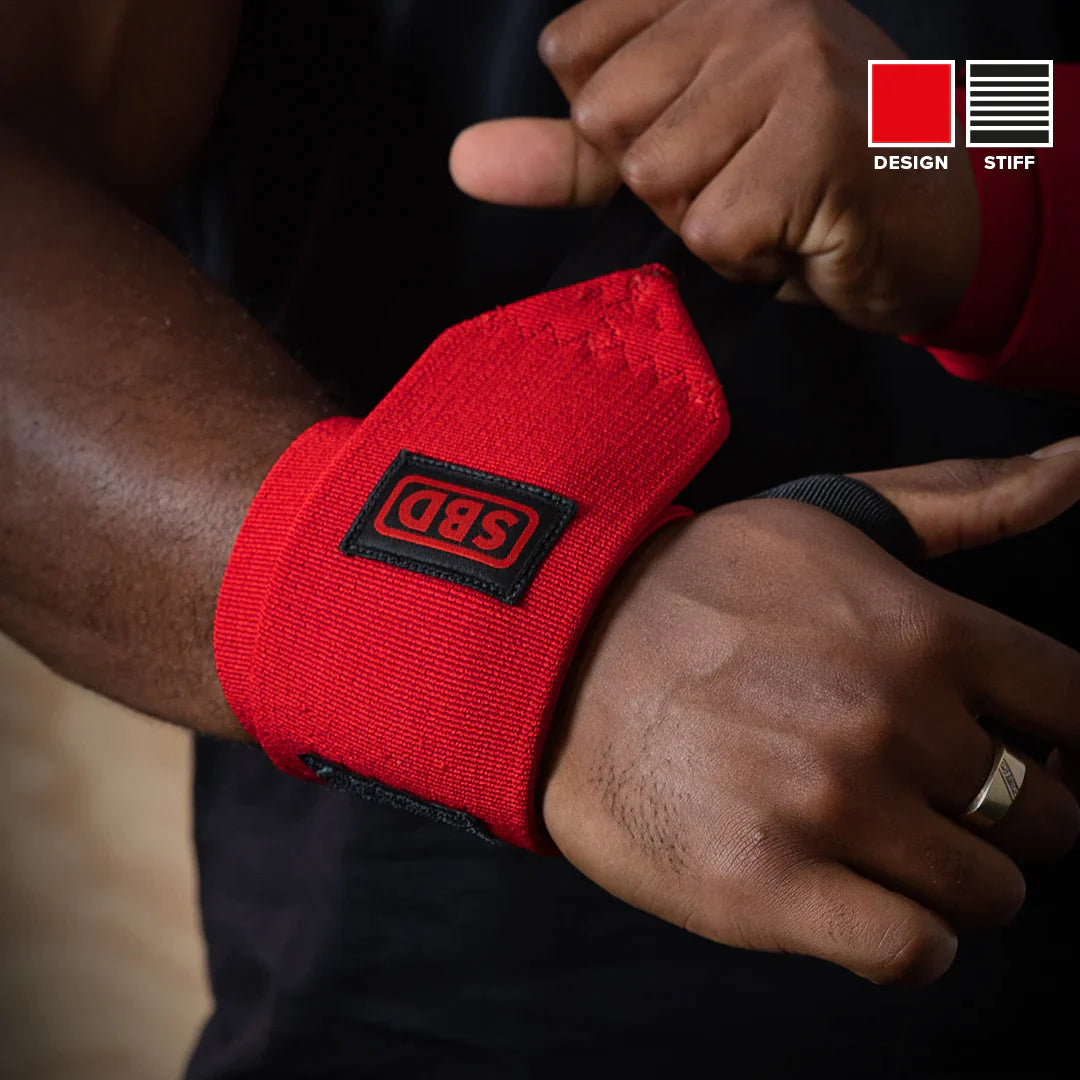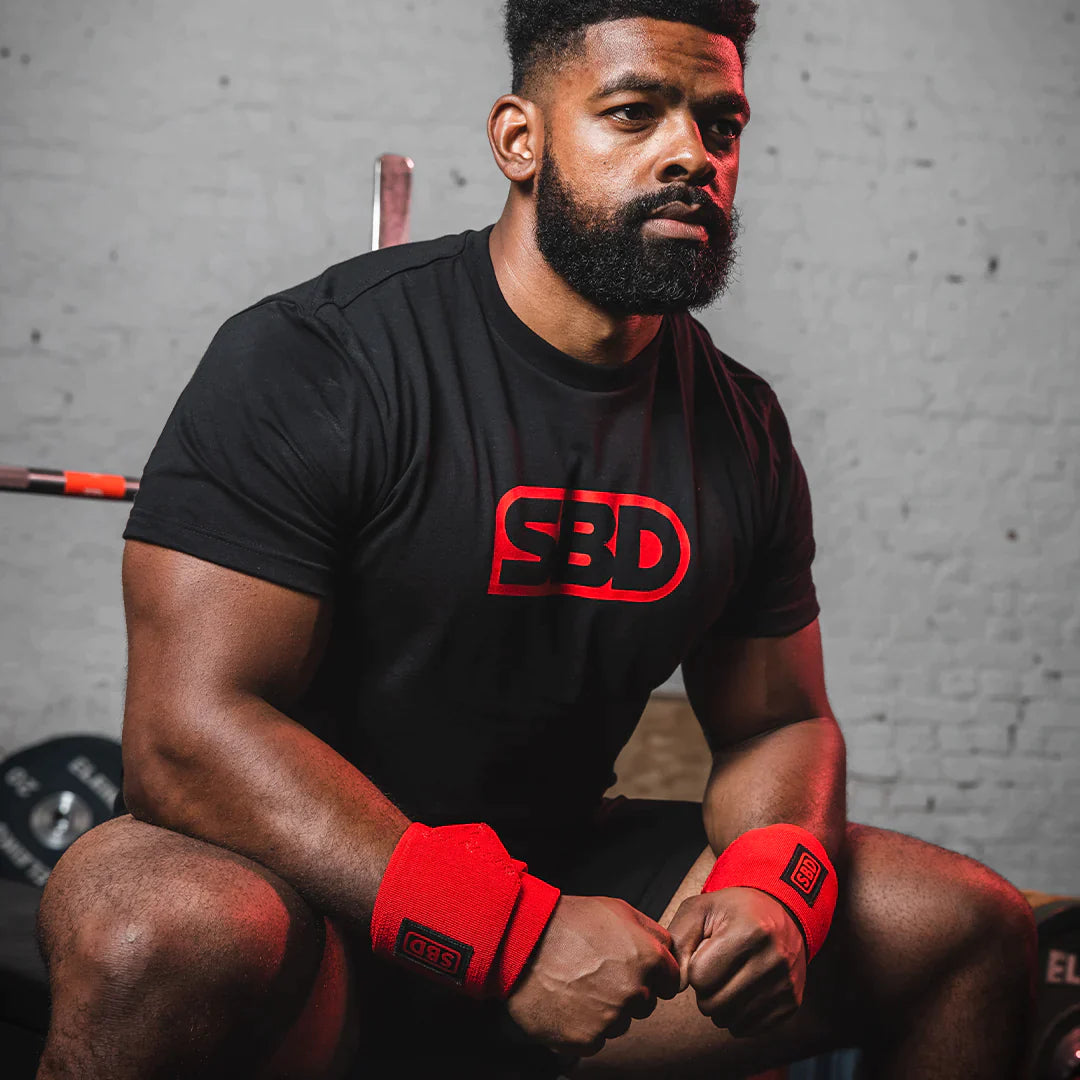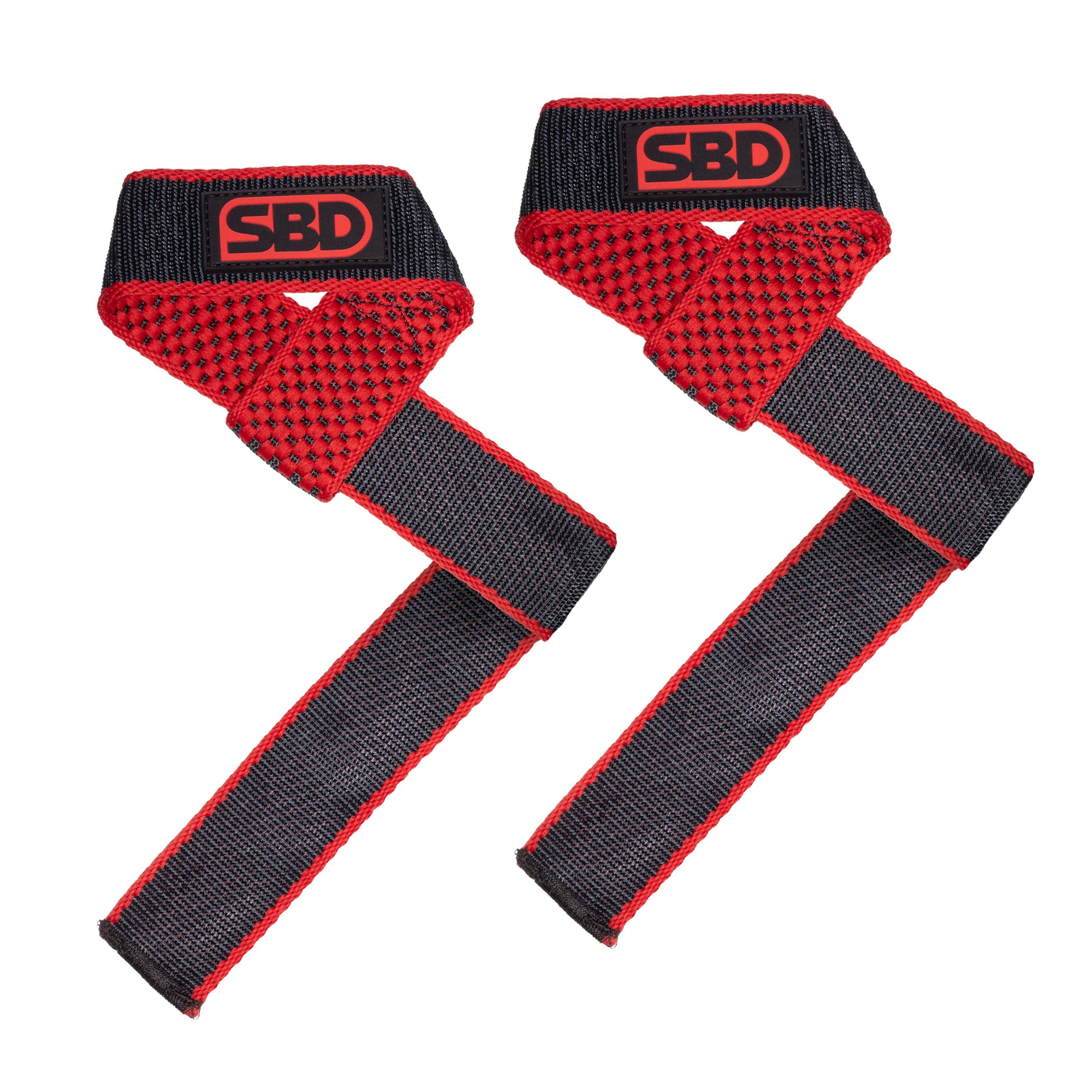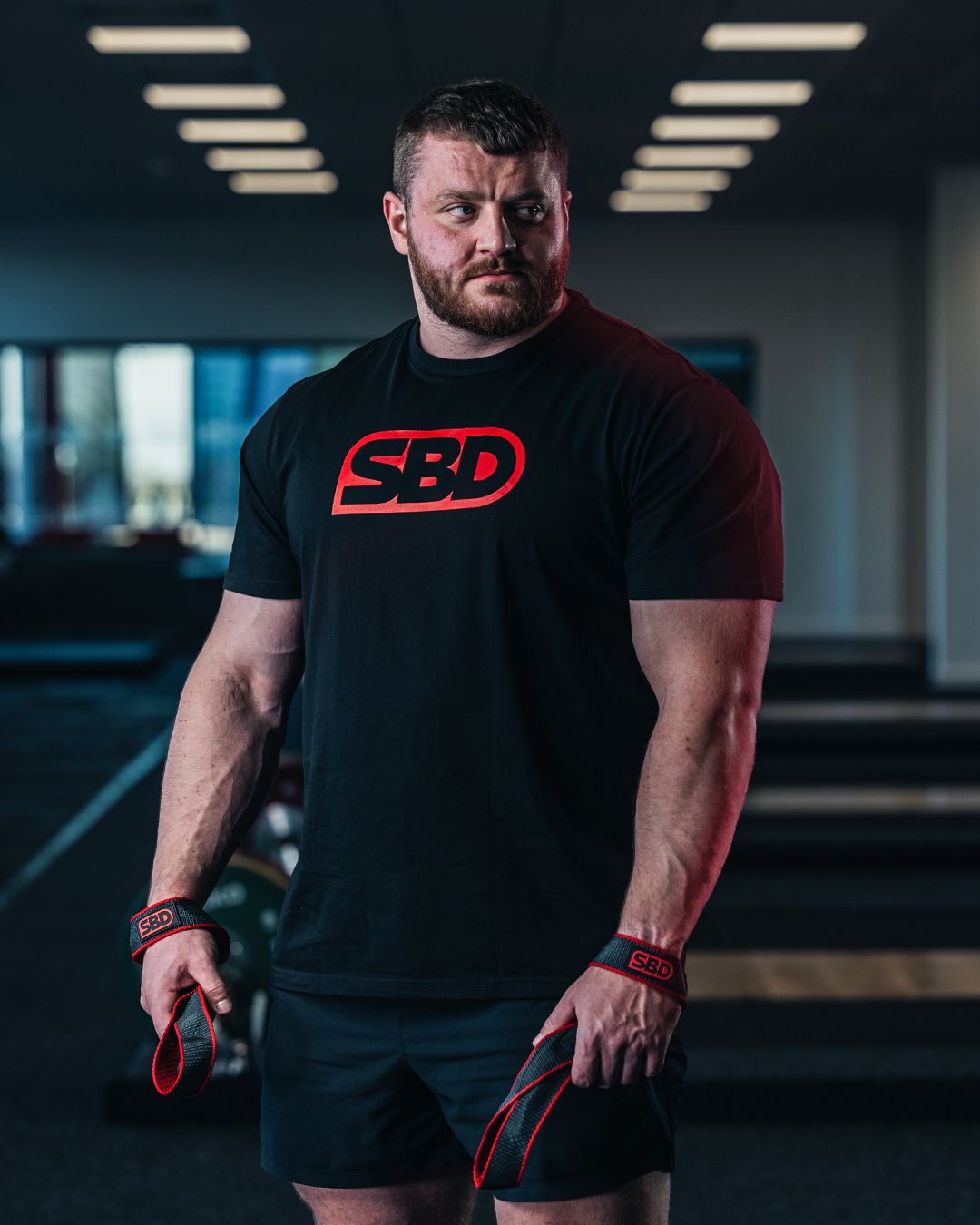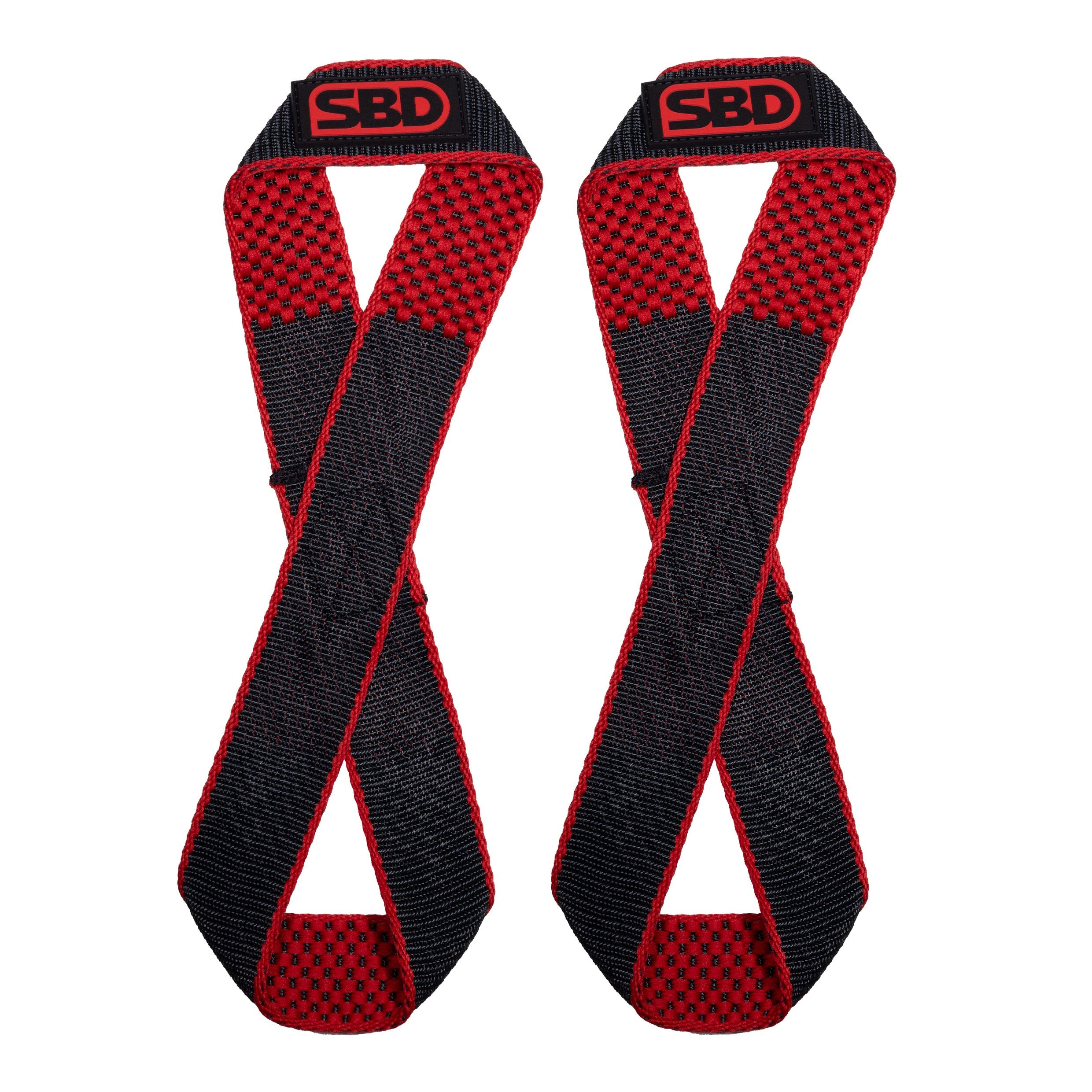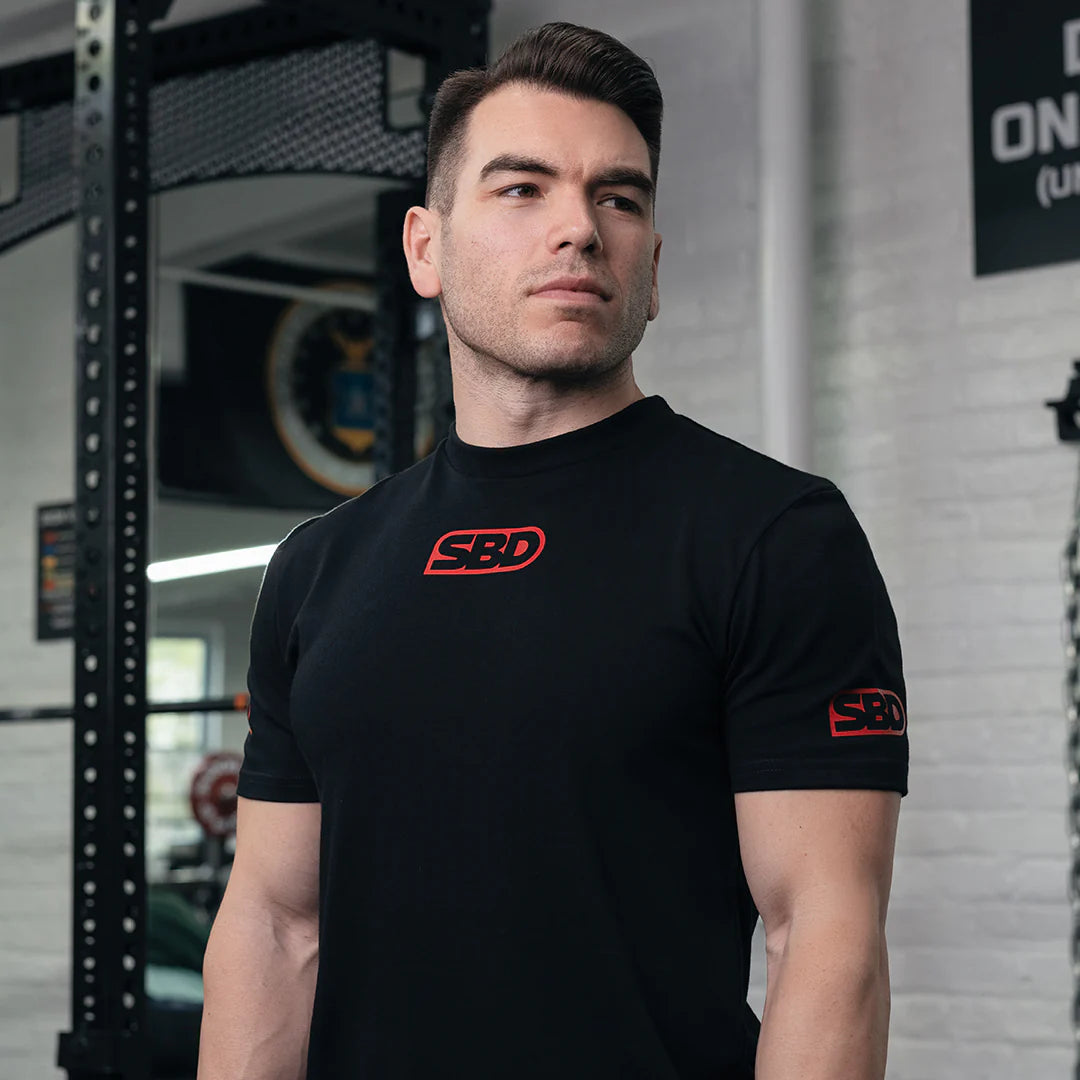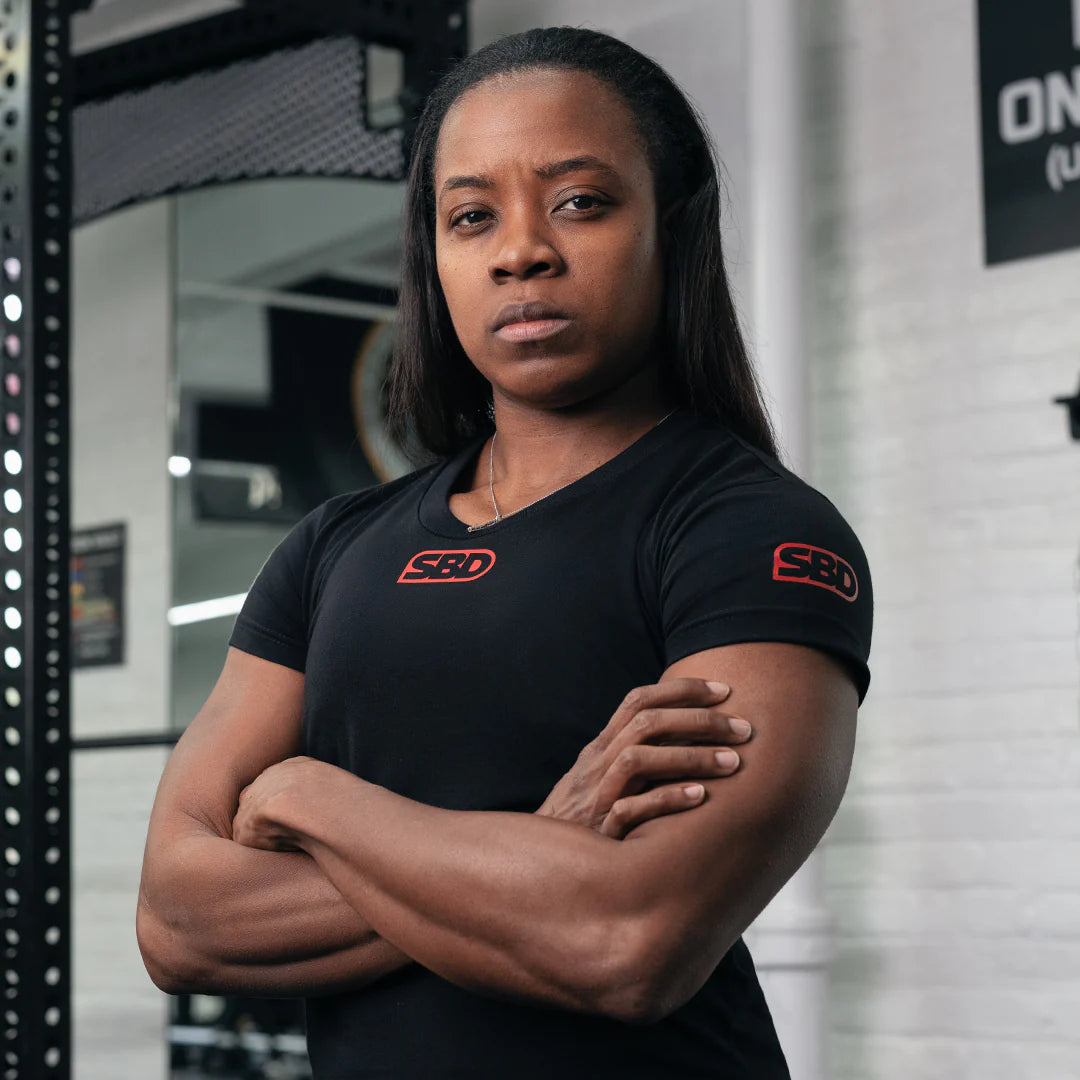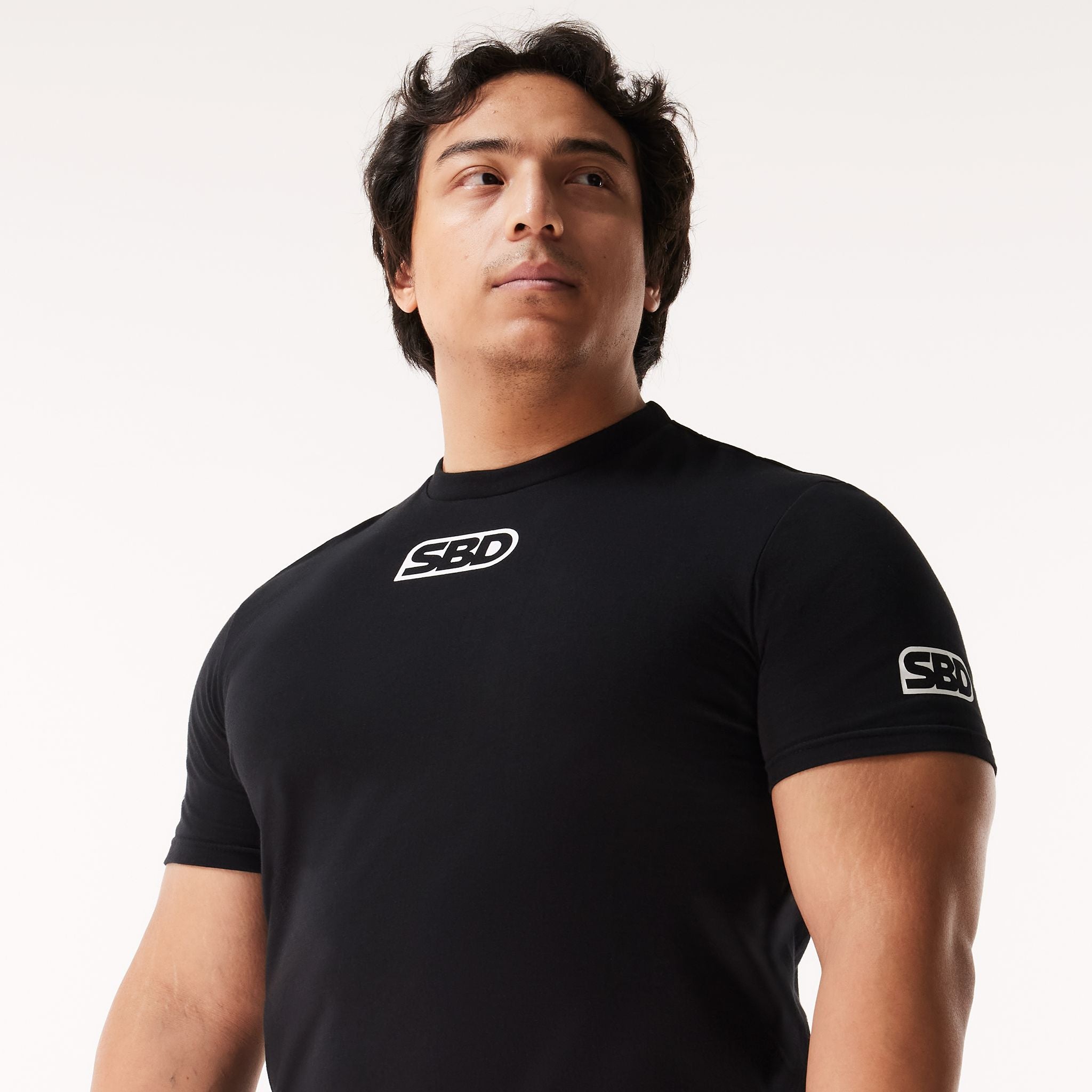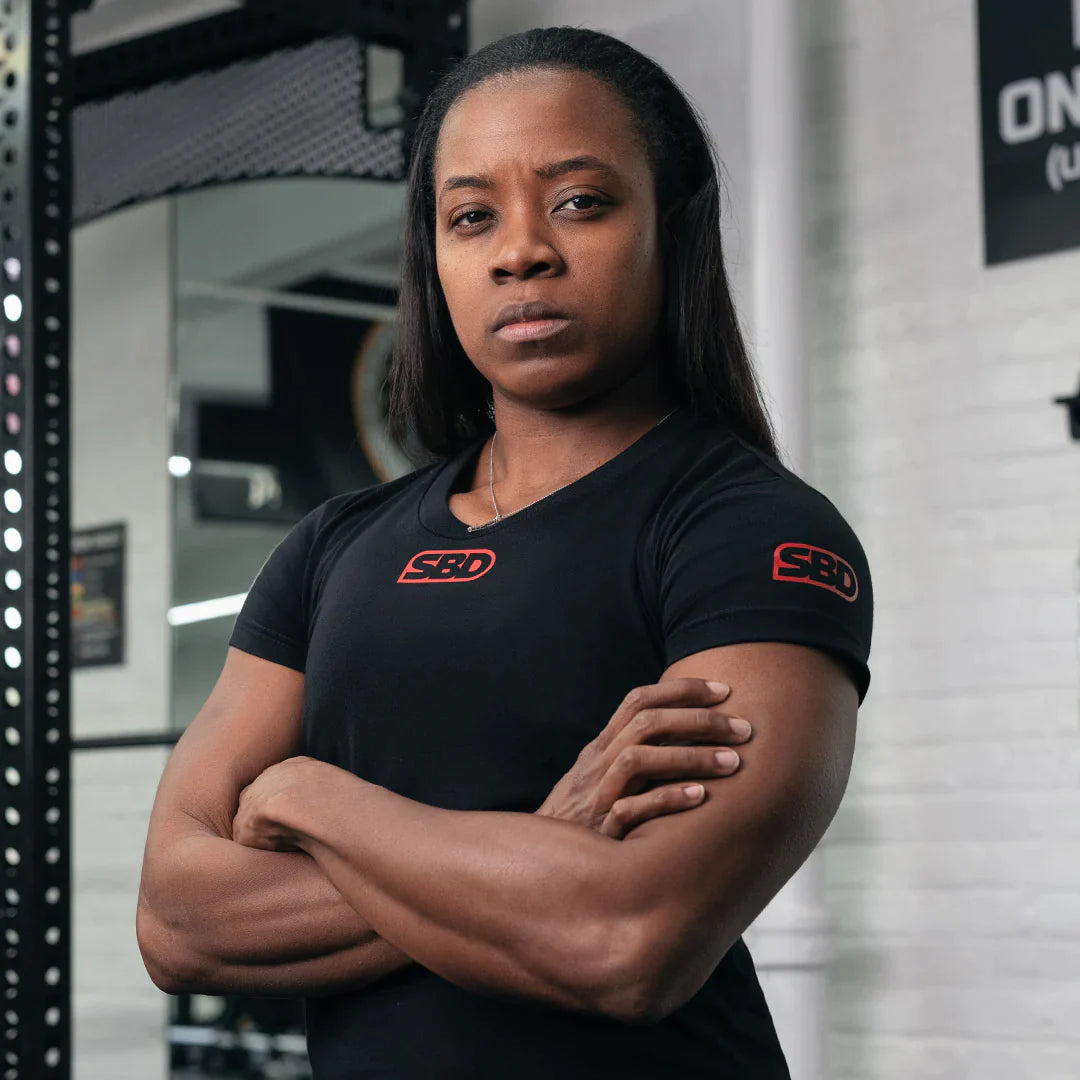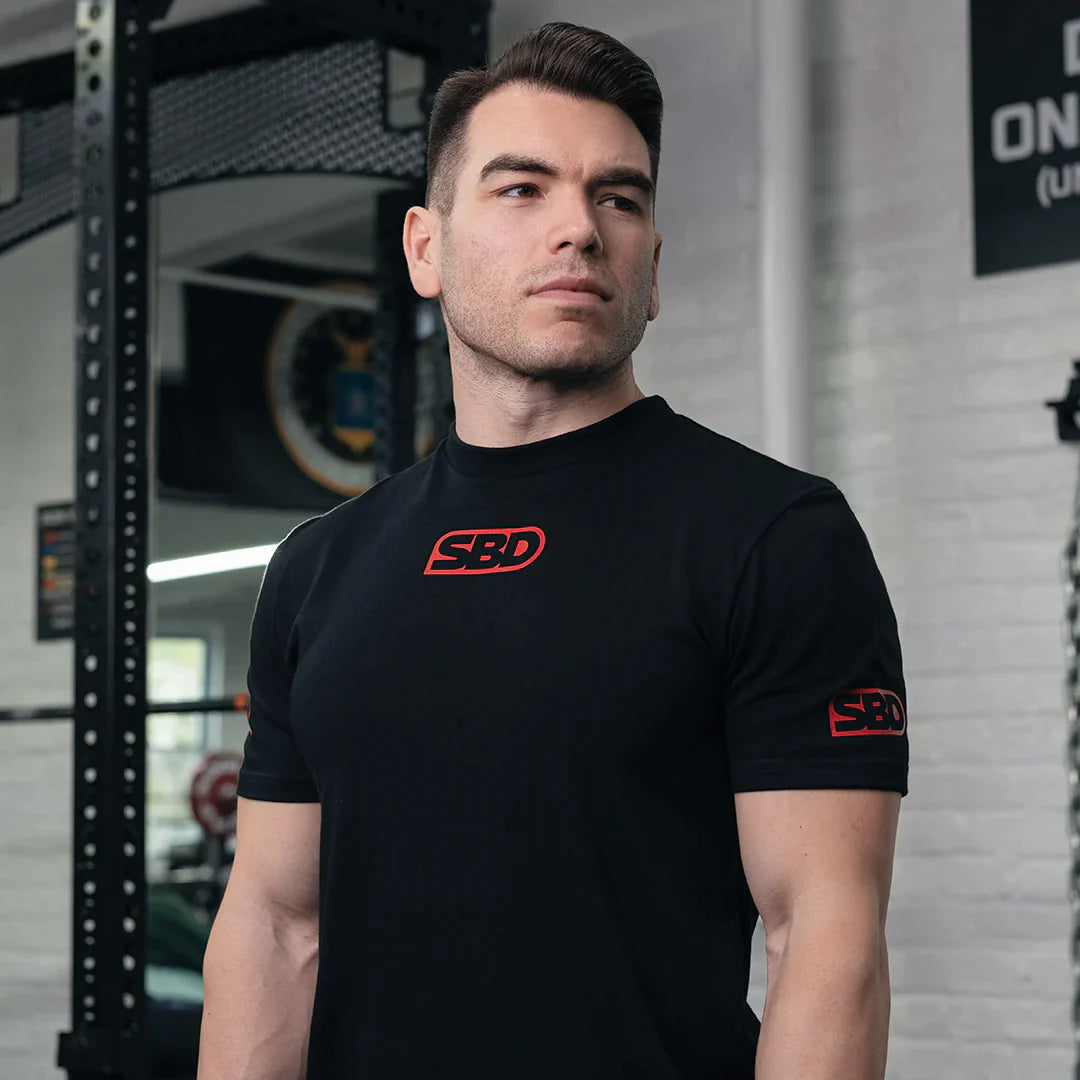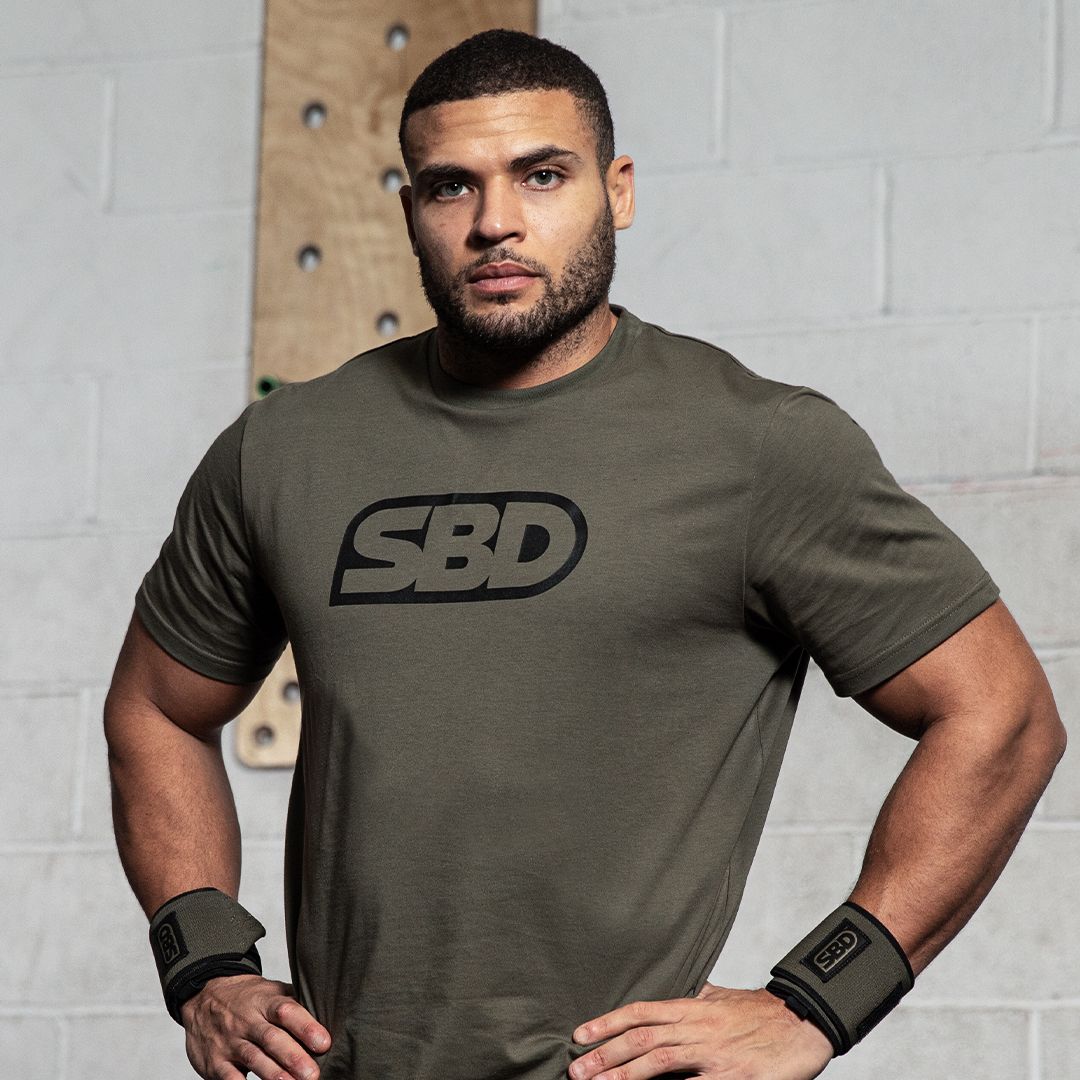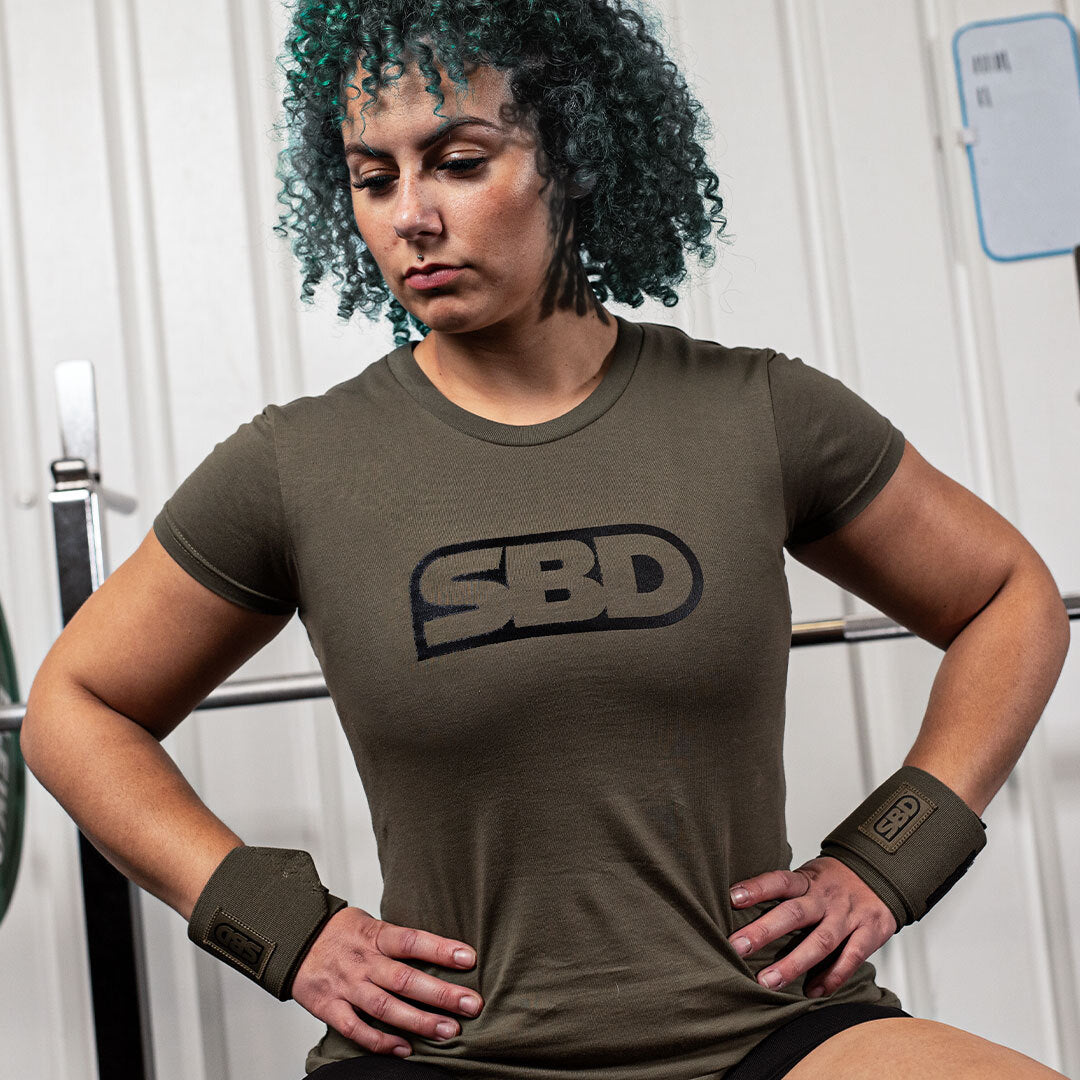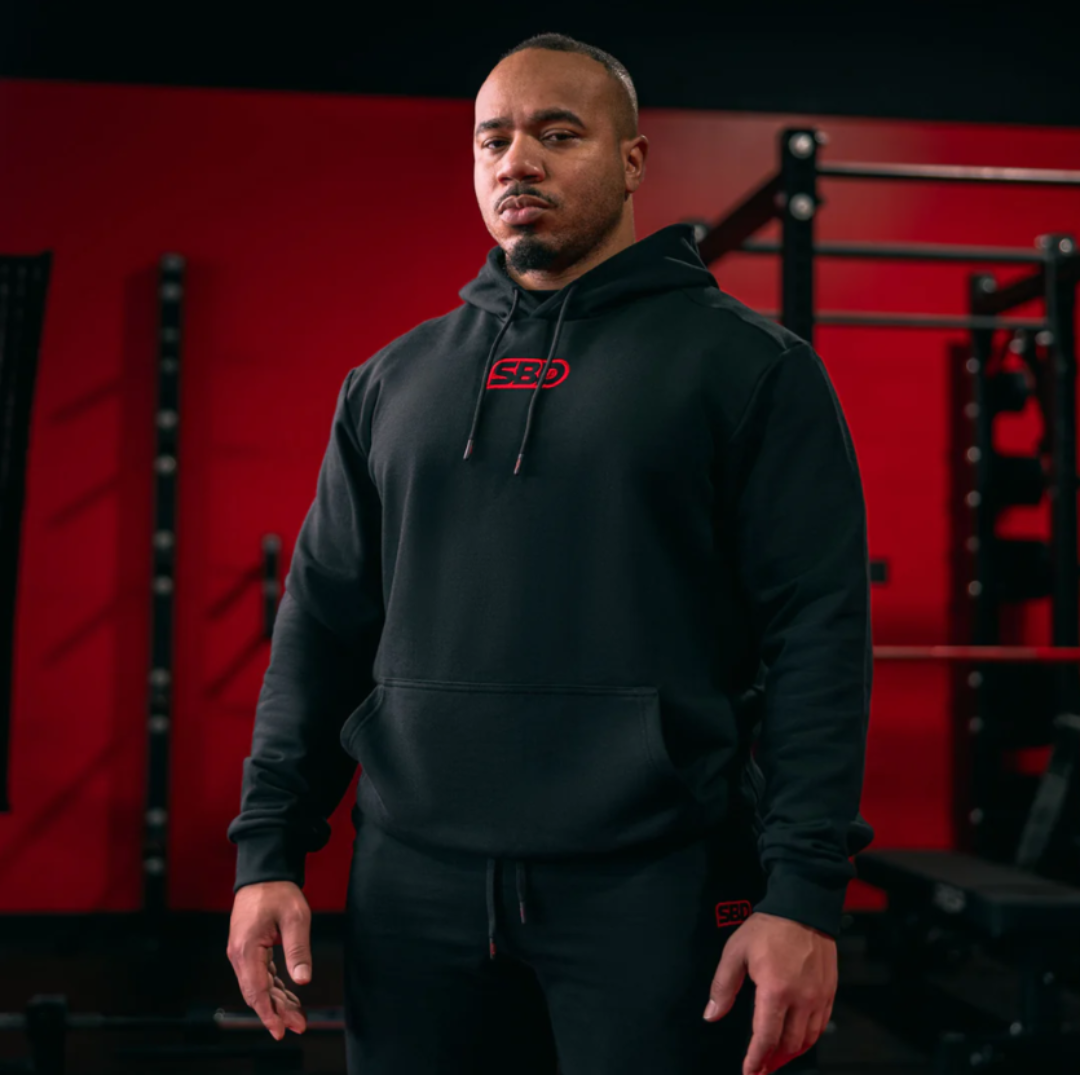The bench press is a cornerstone exercise for building upper-body strength. It’s one of the most effective ways to develop your chest, shoulders, and triceps. However, mastering the correct bench press form is essential to prevent injuries and maximise results. This guide will walk you through every aspect of the bench press, ensuring you’re set up for success from day one.
Understanding the Basics of Bench Press
What is the Bench Press?
The bench press is a compound exercise that targets multiple muscle groups. Performed on a flat or adjustable bench, this exercise involves lifting a barbell or dumbbells by extending your arms.
Benefits of Mastering Bench Press Form
-
Builds upper-body strength
-
Enhances muscle definition in the chest, shoulders, and arms
-
Improves athletic performance
-
Boosts bone density and joint stability
Types of Bench Press Exercises
-
Flat Bench Press: Standard version targeting the chest
-
Incline Bench Press: Emphasizes the upper chest and shoulders
-
Decline Bench Press: Focuses on the lower chest
-
Dumbbell Bench Press: Offers a greater range of motion
Anatomy of the Bench Press Movement
Key Muscles Targeted
-
Primary: Pectoralis major (chest)
-
Secondary: Triceps brachii, anterior deltoids
-
Stabilisers: Rotator cuff, latissimus dorsi, and core muscles
The Role of Stabiliser Muscles
Stabiliser muscles prevent the barbell from wobbling, ensuring a smooth lift. Neglecting these can hinder your progress and increase injury risk.
Understanding Biomechanics for Optimal Performance
Efficient movement patterns reduce strain on joints and maximise strength output. Key points include maintaining a straight bar path and activating the correct muscles.
Essential Equipment for Bench Press
Bench Press Essentials
-
Bench: Choose a sturdy, adjustable bench for versatility.
-
Barbell: Standard Olympic bars weigh 45 pounds.
-
Weight Plates: Incremental weights allow progressive overload.
Optional Gear
-
Wrist Wraps: Provide wrist stability.
-
Lifting Shoes: Offer a solid base.
-
Gloves: Enhance grip and comfort.
Choosing the Right Bench and Barbell
Beginners should prioritize safety and quality when selecting equipment. Look for adjustable benches and barbells with knurled grips.
Proper Setup Before the Lift
Correct Bench Positioning
-
Lie flat with your eyes directly under the bar.
-
Maintain a natural arch in your lower back.
Setting the Bar Height
Adjust the barbell rack to a height where your arms are slightly bent when reaching for the bar.
Adjusting Foot Placement
Plant your feet firmly on the floor. Avoid lifting your heels or shifting your weight.
Hand and Grip Placement
Types of Grips
-
Standard Grip: Balanced activation of chest and triceps
-
Wide Grip: Emphasises chest muscles
-
Close Grip: Targets the triceps
How Grip Width Affects Muscle Activation
Wide grips place more stress on the chest, while close grips shift focus to the triceps. Choose a grip width that feels natural and allows full control.
Common Mistakes and Fixes
-
Mistake: Uneven grip.
-
Fix: Align your thumbs with the bar markings.
-
-
Mistake: Overextending wrists.
-
Fix: Keep wrists neutral to prevent strain.
-
Executing the Perfect Bench Press
Step-by-Step Breakdown
-
Unrack the barbell with straight arms.
-
Lower the barbell to your chest, maintaining control.
-
Push the barbell back up until arms are fully extended.
Maintaining Control During Each Phase
Focus on slow, controlled movements to reduce injury risk and maximize muscle engagement.
Common Cues for Optimal Performance
-
"Tighten your core."
-
"Drive through your legs."
-
"Maintain a straight bar path."
Breathing Techniques for Strength and Stability
The Role of Breathing in Lifting
Proper breathing supports core stability and prevents dizziness.
Techniques
-
Valsalva Manoeuvre: Hold your breath during the lift for added core pressure.
-
Controlled Exhale: Exhale as you push the bar upward.
Synchronising Breathing with Movement
Inhale during the descent and exhale during the lift to maintain rhythm and focus.
Safety Tips and Injury Prevention
The Importance of a Spotter
A spotter ensures safety, especially during heavy lifts or failure.
Recognising and Avoiding Overtraining Injuries
Listen to your body. Overtraining can lead to tendonitis or muscle tears.
How to Handle Failed Lifts Safely
Use safety racks or bail the bar forward if no spotter is available.
Progression Strategies for Beginners
Starting with an Empty Bar
Learn the movement pattern with an empty bar before adding weight.
Gradually Increasing Weight
Increase weight in small increments, such as 5-10 pounds per session.
Incorporating Progressive Overload
Regularly challenge your muscles by increasing reps, sets, or weight.
Overcoming Common Bench Press Challenges
Dealing with Plateaus
-
Adjust your training program.
-
Incorporate varied exercises.
Correcting Uneven Bar Movement
Focus on activating weaker muscles and maintaining control.
Managing Fear of Heavy Weights
Build confidence with smaller increments and proper spotting.
Supplementary Exercises to Improve Bench Press
Targeting Weak Points
-
Triceps: Skull crushers, close-grip bench press
-
Shoulders: Overhead presses
-
Chest: Cable flyes, dumbbell presses
Push-Ups, Dips, and Dumbbell Presses
These exercises improve stability and muscle activation.
Balancing Bench Press with Other Lifts
Incorporate squats, deadlifts, and rows for overall strength.
Nutrition and Recovery Tips for Bench Press Success
Diet Essentials
-
Protein for muscle repair
-
Carbs for energy
-
Hydration for optimal performance
Recovery Tips
-
Prioritise 7-9 hours of sleep.
-
Use foam rolling and stretching to reduce soreness.
Tracking Your Bench Press Progress
Measuring Improvements
-
Record weights, reps, and sets in a workout log.
-
Track changes in muscle size and strength.
Benefits of a Workout Log
Identifying patterns helps you optimise training for consistent growth.
Setting Realistic Goals
Set achievable benchmarks to stay motivated and focused.
FAQs About Bench Press for Beginners
1. What Is the Best Grip for a Beginner?
A standard grip is ideal for balance and safety.
2. How Much Weight Should a Beginner Start With?
Start with the bar alone (45 lbs) to learn the form.
3. How Often Should I Bench Press?
2-3 times per week with rest days in between.
4. Is the Bench Press Bad for Shoulders?
Not if performed with correct form and proper warm-ups.
5. What Should I Do If I Experience Pain?
Stop immediately and consult a professional.
6. Can I Improve My Bench Press Without a Spotter?
Yes, use safety racks or dumbbells for safer solo training.
Mastering Bench Press Form as a Beginner
Mastering the bench press form takes time, patience, and consistency. By focusing on proper technique, gradual progression, and recovery, you’ll achieve impressive strength gains and reduce injury risk. Stick with it, and the results will follow!
Shop SBD Wrist Wraps for Increased Bench Press Performance
Shop our full range of wrist wraps here.

